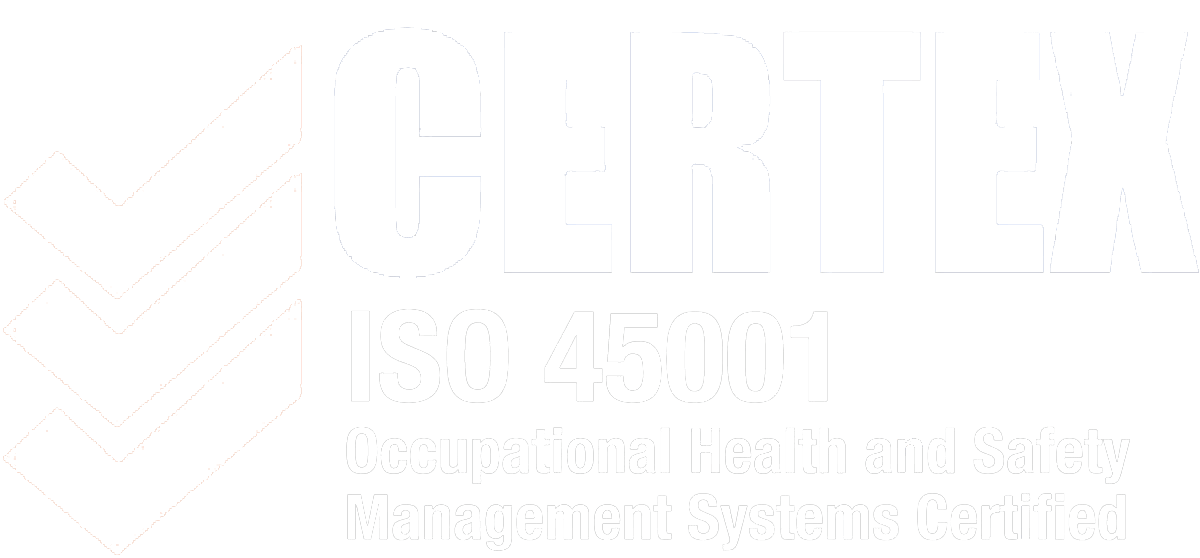A blueprint for success
Exceptional leaders aren't born; they evolve through a combination of essential traits and learned behaviours. In this comprehensive guide, we'll delve into the 10 habits that distinguish highly effective leaders, providing valuable insights for both aspiring and current leaders.

Visionary thinking
The first hallmark of a highly effective leader is visionary thinking. Leaders with a clear and compelling vision can inspire and guide their teams toward a common goal. This involves not just foreseeing the future but also communicating that vision in a way that motivates and aligns everyone in the organisation.
Effective leaders understand that a well-defined vision serves as a roadmap for the entire team. It acts as a North Star, providing direction and purpose. Through visionary thinking, leaders can anticipate industry trends, identify opportunities, and set ambitious yet achievable goals.
Visionary leaders cultivate a shared sense of purpose among their team members. By articulating the organisation's mission and values, they create a sense of belonging and commitment, driving everyone toward a collective vision of success.
Effective communication skills
Communication is the bedrock of successful leadership. Leaders must be able to articulate their ideas, expectations, and vision, clearly. Effective leaders are also adept listeners, valuing the input of their team members and fostering an environment of open communication. As the saying goes, "Great leaders are great communicators."
Clear communication is a two-way street. Leaders not only express their thoughts with clarity, but also actively seek feedback from their team. Open dialogue builds trust, encourages collaboration, and ensures that everyone is on the same page.
Effective communication involves tailoring the message to the audience. Whether addressing the entire organisation, specific teams or individual employees, leaders must adapt their communication style to resonate with different audiences.
Decisiveness in the face of challenges
Highly effective leaders don't shy away from tough decisions. They analyse situations, gather relevant information, and make timely and informed choices. Decisiveness builds confidence among team members and keeps the organisation moving forward, even in the face of adversity.
Decisive leaders understand the importance of balancing speed and accuracy in decision-making. While quick decisions are necessary in certain situations, leaders also recognise the value of thorough analysis when time permits. Striking the right balance ensures that decisions are both prompt and well-informed.
Effective decision-making involves taking responsibility for the outcomes, whether positive or negative. Leaders who own their decisions foster a culture of accountability, setting the stage for continuous improvement and learning from both successes and failures.
Empowering others
Effective leaders understand that success is a team effort. They empower their team members by delegating responsibilities, providing opportunities for growth, and fostering a culture of trust. Empowered individuals are more likely to be engaged, motivated, and innovative, contributing significantly to the organisation's success.
Empowering others is not just about assigning tasks; it's about nurturing talent and potential. Highly effective leaders invest time in understanding the strengths and weaknesses of their team members, aligning responsibilities with individual capabilities, and providing the necessary resources for success.
Furthermore, empowerment goes hand in hand with recognition. Leaders acknowledge and celebrate the achievements of their team members, reinforcing a positive and encouraging work environment.
Adaptability and flexibility
In today's fast-paced world, adaptability is a key trait for successful leaders. Being able to navigate through change - whether it's technological advancements, market shifts, or unexpected crises - is crucial. Highly effective leaders embrace change, viewing it as an opportunity for growth rather than a threat.
Adaptability requires a proactive approach to change management. Leaders anticipate potential challenges, stay informed about industry developments, and foster a culture that encourages innovation and flexibility. By embracing change, leaders inspire their teams to be resilient and agile in the face of uncertainty.
Furthermore, adaptability involves learning from both successes and failures. Leaders who reflect on past experiences, adjust strategies accordingly, and encourage a growth mindset within their teams create a dynamic and forward-thinking organisational culture.
Continuous learning
The best leaders are lifelong learners. They stay informed about industry trends, seek out new knowledge, and invest in personal and professional development. By staying curious and fostering a culture of learning within their organisations, these leaders ensure that they and their teams remain at the forefront of innovation.
Continuous learning is not confined to formal education; it extends to informal opportunities for growth. Effective leaders encourage curiosity and exploration, whether it's through mentorship programs, workshops, or self-directed learning. This commitment to ongoing development not only enhances individual skills but also strengthens the collective knowledge base of the entire organisation.
Accountability and responsibility
Accountability is a cornerstone of effective leadership. Leaders who take responsibility for their actions and decisions set a powerful example for their team. When accountability is embraced, it creates a culture of trust and integrity, where individuals are accountable not only for their successes but also for learning from failures.
Leadership accountability involves more than just acknowledging mistakes; it requires a commitment to understanding the root causes and implementing corrective actions. Effective leaders view challenges as opportunities for improvement, encouraging a culture where everyone takes ownership of their contributions to the organisation's success.
Furthermore, accountability extends to fostering a sense of responsibility among team members. Leaders empower their teams by entrusting them with meaningful tasks, providing autonomy, and holding individuals responsible for their contributions. This collaborative approach builds a strong foundation for achieving shared goals.
Emotional intelligence
Leaders with high emotional intelligence can understand and manage their emotions while also empathising with others. This skill is crucial for building strong relationships, resolving conflicts, and creating a positive work environment. Effective leaders recognise the impact of emotions on productivity and actively work on enhancing their emotional intelligence.
Emotional intelligence involves self-awareness, self-regulation, empathy, and effective interpersonal communication. Leaders who possess these qualities are better equipped to navigate complex social dynamics, build rapport with team members, and foster a workplace culture that prioritises mutual respect.
Emotional intelligence enables leaders to respond constructively to challenges. Instead of reacting impulsively, emotionally intelligent leaders approach situations with a level-headed and empathetic mindset. This not only enhances their decision-making but also contributes to a harmonious and collaborative work environment.
Strategic thinking
Strategic thinking involves seeing the big picture, understanding the long-term goals of the organisation, and making decisions that align with these objectives. Highly effective leaders are strategic thinkers. They are able to analyse situations from different angles and make choices that contribute to the overall success of the business.
Strategic thinking goes beyond day-to-day operations; it involves envisioning the future and charting a course to achieve organisational objectives. Leaders who think strategically anticipate industry trends, identify potential challenges, and develop proactive strategies to navigate through uncertainties.
Inspiring and motivating others
Effective leaders inspire and motivate their teams. Whether through a compelling vision, recognition of accomplishments, or creating a positive work culture, these leaders understand the importance of keeping their teams engaged and motivated. By fostering a sense of purpose and enthusiasm, they elevate their teams to achieve extraordinary results.
Inspiring and motivating others is a multifaceted skill that involves both leading by example and recognising the unique contributions of each team member. Leaders who express genuine appreciation for the efforts of their team create a positive and uplifting work environment, where individuals feel valued and motivated to excel.
Effective leaders understand the power of storytelling. By weaving a narrative that connects individual contributions to the overarching goals of the organisation, leaders inspire a sense of purpose and pride among their teams. This storytelling approach creates a shared identity and fosters a collaborative spirit within the organisation.
"Visionary thinking, effective communication, and adaptability are not just traits; they are habits that can be cultivated”.
The path to becoming a highly effective leader is paved with intentional habits. Visionary thinking, effective communication, adaptability, and the other habits discussed here are not innate qualities but rather skills that can be developed over time. By embodying these habits, leaders can create a positive and productive work environment, inspire their teams, and guide their organisations toward success. Greatness is not a destination, but a journey of continuous improvement and intentional leadership habits. Cultivate these habits, and you'll not only become a better leader but also contribute to the success and growth of your team and organisation.
 CA-EN
CA-EN UK
UK AU
AU US
US NZ
NZ PH
PH ZA
ZA SG
SG HK
HK






